We caught up with the brilliant and insightful Jane Edberg a few weeks ago and have shared our conversation below.
Jane, thanks for joining us, excited to have you contributing your stories and insights. We’d love to hear about a project that you’ve worked on that’s meant a lot to you.
By far, the most meaningful project I have ever embarked on was to write an art-illuminated memoir about using art to process grief after the loss of my son. From concept to publication, the writing and making of artworks for my story took patience and 24 years to complete. Sometimes art takes a long time to reach its form.
After reading every grief story and book I could get my eyes on, I discovered, again and again, that my experience with art, grief and healing was not represented. This compelled me to write and visually depict what was missing.
***
BOOK DESCRIPTION:
THE FINE ART OF GRIEVING is not your typical grief memoir. The story is written in lyrical prose from a wild-minded artist/mother who used art performance and photography after the tragic death of her son to create an unconventional pathway through grief. Set against the backdrop of the California coast in 1998, the book explores and weaves various aspects of loss, from the death of a child to the loss of self and identity. Jane Edberg’s intimate portrayal of motherhood and personal struggles with mental health will hold readers attention as they find themselves empathizing with her journey and forming a deep emotional connection with her. The book’s unfiltered portrayal of grief will resonate with readers seeking an authentic exploration of grief with raw honesty.
The Fine Art of Grieving follows Jane’s first steps on the railroad tracks as a child in rural Canada to her raising her family next to the railroad tracks in California where her son Nanda stood for thirty seconds before a train struck him dead. She weaves 19 years of Nanda’s being alive with the 19 years he was dead. The narrative seamlessly interweaves timelines between flashbacks and the present, adding depth and understanding to Jane’s grief journey.
Complete at 86,000 words, the story is illustrated with 50 thought-provoking photographs that reveal the process of transformation through performative staging of grief scenarios—mindful art rituals: she photographs herself floating in a river—near-drowning—swaddled in Nanda’s blanket; in a wintered garden, she photographically transforms the blanket into empty flesh, her gaunt face uttering un-words—unrelentless, unimaginable, unfair; dressed in Nanda’s clothes, she takes self-portraits in the same places where he stood when she last photographed him; she buries her face into Nanda’s ashes and photographs her grimace sunk deep into the sand of him; Jane sails a tiny Viking ship carrying Nanda’s ashes into the fjords of his blanket bound for an imagined Valhalla; she sets Nanda’s clothing aflame from a wire strung over the ocean to make sure there is nothing left in his fading artifacts; fearing any loss, she collects hair from her brush and at the end of five years, she crafts the hair into a contemporary mourning necklace. The photographs bring the reader back to the story with visual details that offer an in-depth tour of the artist’s imagination. And with that imagination, take-aways words cannot evoke. Unlike most memoirs on grief, this illustrated story engages readers through the creative process, demonstrating how making art can lead to healing. The Fine Art of Grieving provides a visually stunning and emotionally impactful reading experience that will resonate with a wide audience.
Throughout the book, Jane’s skillful use of rich symbolism adds depth and layers of meaning to the narrative. One such motif is the moon which was full and visible from where Nanda stood the night he died. The moon continued to taunt Jane until she climbed out of her state of devastation and into one of solace. She then unraveled Nanda’s blanket and wound it into a moon she could embrace. Her exploration of life’s mysteries, such as the moon’s recurring presence, instills a sense of wonder and curiosity in readers.
The book’s focus on personal growth and self-discovery offers readers an inspiring and relatable journey of transformation. Despite its specific context, the book’s universal themes of loss, resilience, love, and renewal make it relevant to readers from all walks of life. Above all, The Fine Art of Grieving is a book about hope—hope for healing, hope for transformation, and hope for a good life.
***
THE FINE ART OF GRIEVING will appeal to those who appreciate introspective and thought-provoking storytelling which explores the profound transformative power of art and its role in navigating grief, healing, and self-discovery. This memoir has a broad potential audience of readers, those who want a deeper understanding of grief and the creative process, and those who have experienced loss and are seeking guidance, solace, and inspiration in their own grief journeys. The memoir is filled with unique stories that provide detailed examples of the grief experience from the shock of the call to the stark beauty of reimagined loss.
***
This creative process, the writing of my memoir, and the creation of artworks pertaining to loss and grief has informed me about death, loss, and grief, as well as resilience, and transformation. Sharing my work has put me in touch with my new relationship to my son, to who he was, who we were, and who I am now.
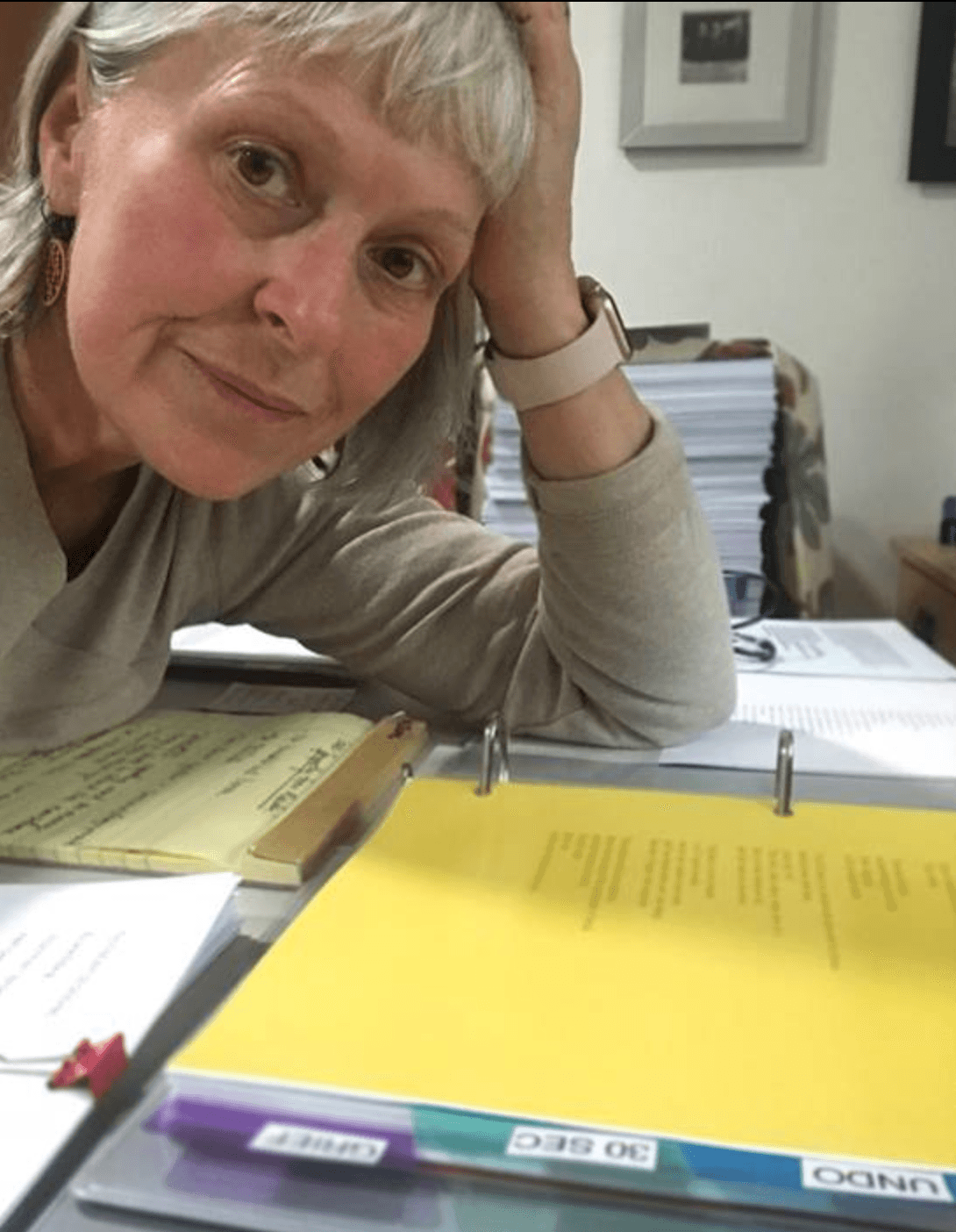
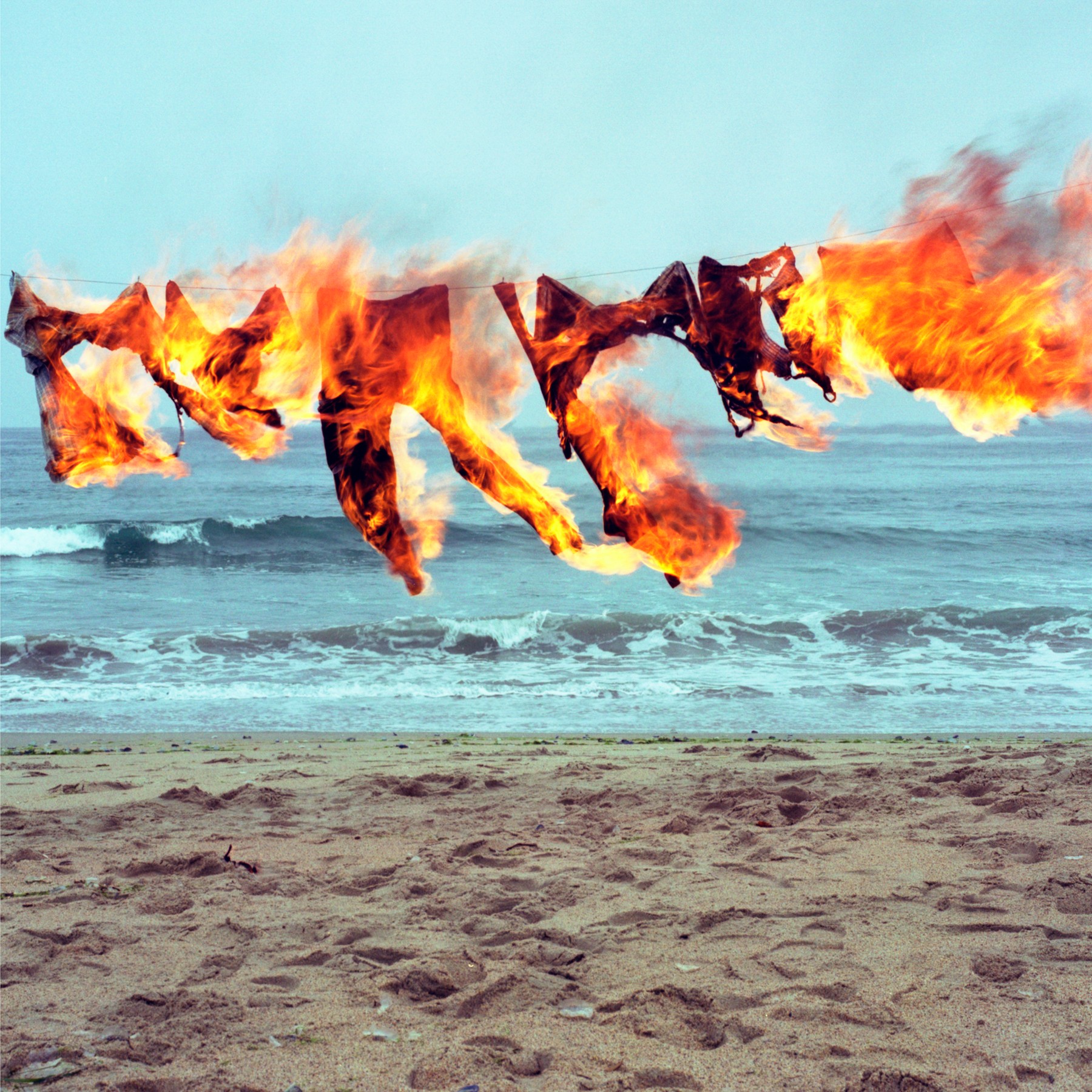
Jane, love having you share your insights with us. Before we ask you more questions, maybe you can take a moment to introduce yourself to our readers who might have missed our earlier conversations?
I was born in Egham, England and lived in Manitoba, Canada for the first 8 years of my life, then immigrated to California, where I have been residing for the last 6 decades.
I am a writer and artist who earned my Bachelor of Fine Arts in Performance Art, Photography and Painting in 1987, and a Master of Fine Arts in Photography and Performance Art in 1989 from the University of California at Davis.
I create artworks in a variety of media, incorporating painting, sculpting and mixed media, often combining imagery and text. I am also a professional jeweler making wearable art. I have been exhibiting and publishing my work internationally for over forty years.
I am the author of an art illuminated memoir called The Fine Art of Grieving, about an artist who loses her son and uses art performance and photography as a means to process grief and create a life worth living. Published by Linen Press Books in March 2024. Winner of the Literary Titan Gold Medal 2024 and the International Firebird Book Award 2024. The memoir is available at Linen Press and most large book distributors like Amazon & Barnes and Nobel.
My work has recently been featured in the poetry book, My Dead, a collaboration with John Brantingham, Kelsey Books, 2023; in the book, Death, and its Terrible, Horrible, No Good, Very Beautiful Lessons: Field Notes from The Death Dialogues Project; in the flash anthology, BAM 42 Stories (to be released Nov. 2024); in Prayers for Morning, McQueen Publishing (to be released Nov. 2024); in Terry Givens, The Ekphrasis Collection, Sasse Museum of Art; and in journals, including Cholla Needles, The Journal of Radical Wonder, and Gyroscope Review.
I am a Community of Writers alumna (Squaw Valley). I am a member of the Association of Death Education and Counseling and was invited to present my prose and images at their national conferences.
I retired recently as Professor Emeritus of Art and Digital Media, at Gavilan College where I taught for 22 years full-time. I currently teach writing craft part-time at the Osher Lifelong Learning Institute at California State University Monterey Bay.
My biggest passion is working with individuals through my online business, EDBERG STUDIO. I am available for hire.
Here are the services I offer:
• One-on-one Writing Consultation: writing craft and content & developmental editing.
• Art Consultation: materials and carriers, from concept, design, to finish.
• Grief Support: As a grief expert, trained through The Hospice of the Central Coast’s bereavement program, I have the skills to coach and support those who have experienced deep loss. I am well versed, as I have been researching, writing, and speaking about grief for over 25 years. And I know grief firsthand; I survived the death of my child.
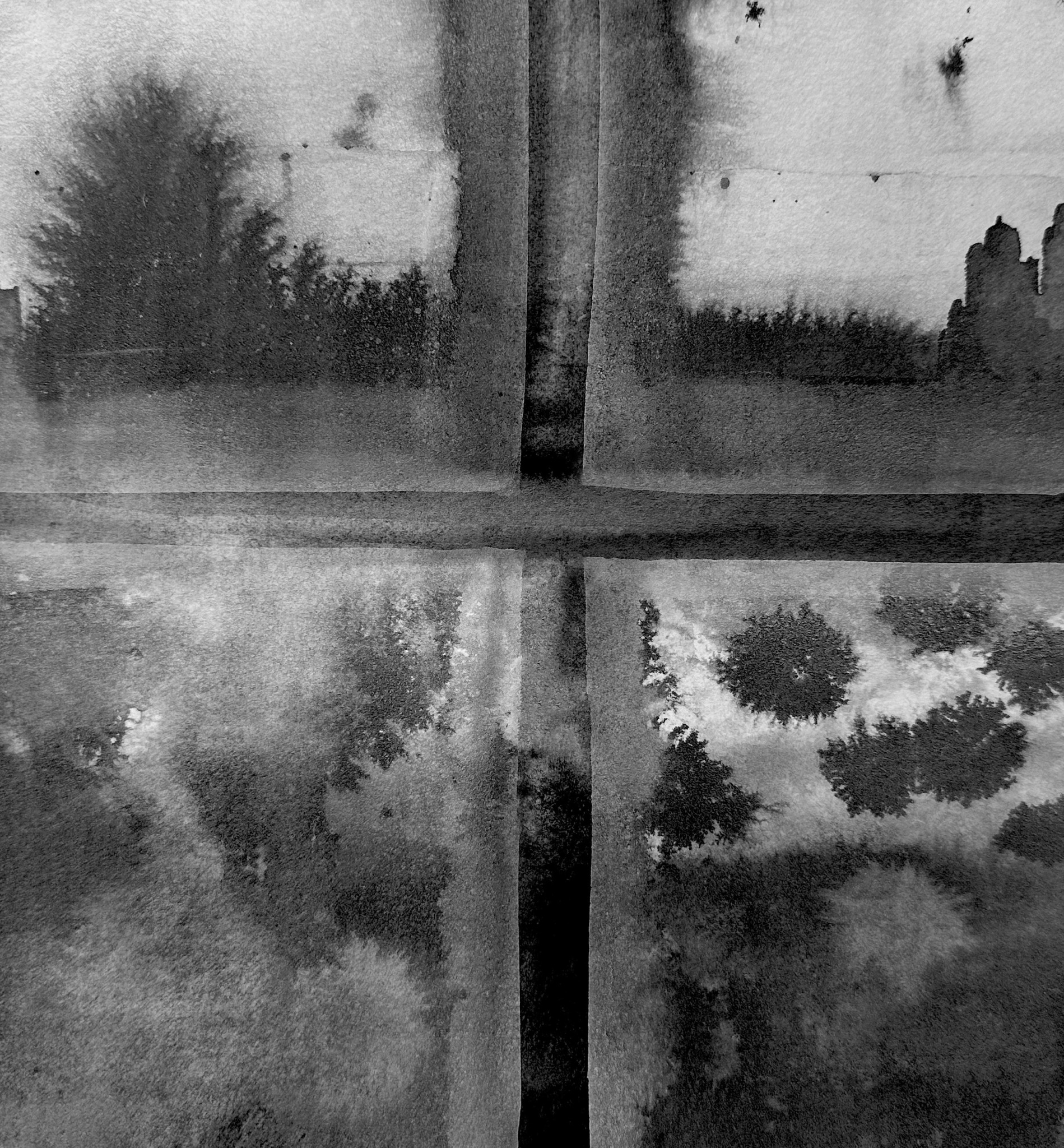
Is there something you think non-creatives will struggle to understand about your journey as a creative? Maybe you can provide some insight – you never know who might benefit from the enlightenment.
Many folks are led to believe they aren’t creative, not a single creative bone in their body. But I believe that Art is creativity and being human is a creative endeavor. Creativity is a process that engages individuality, intuition, thoughts, feelings, communication, collaboration, and expression, to identify, investigate, problem solve, uncover, and discover, to invent, and to refine ideas and opinions. Art is essential.
Having taught creatives at universities, colleges, in workshops, and one-on-one, I believe that art and creativity can be learned. One might be born with traits that lead to being creative but unless one nurtures their curiosity, inventiveness, and open-mindedness, they might end up thinking they aren’t creative or artistic. Art and creativity take practice, and a conscious attempt to acknowledge and feed those attributes, to engage ideas and meaning, to develop and transform. Art and creativity require skill-building. Art and creativity are both a process anyone can engage.
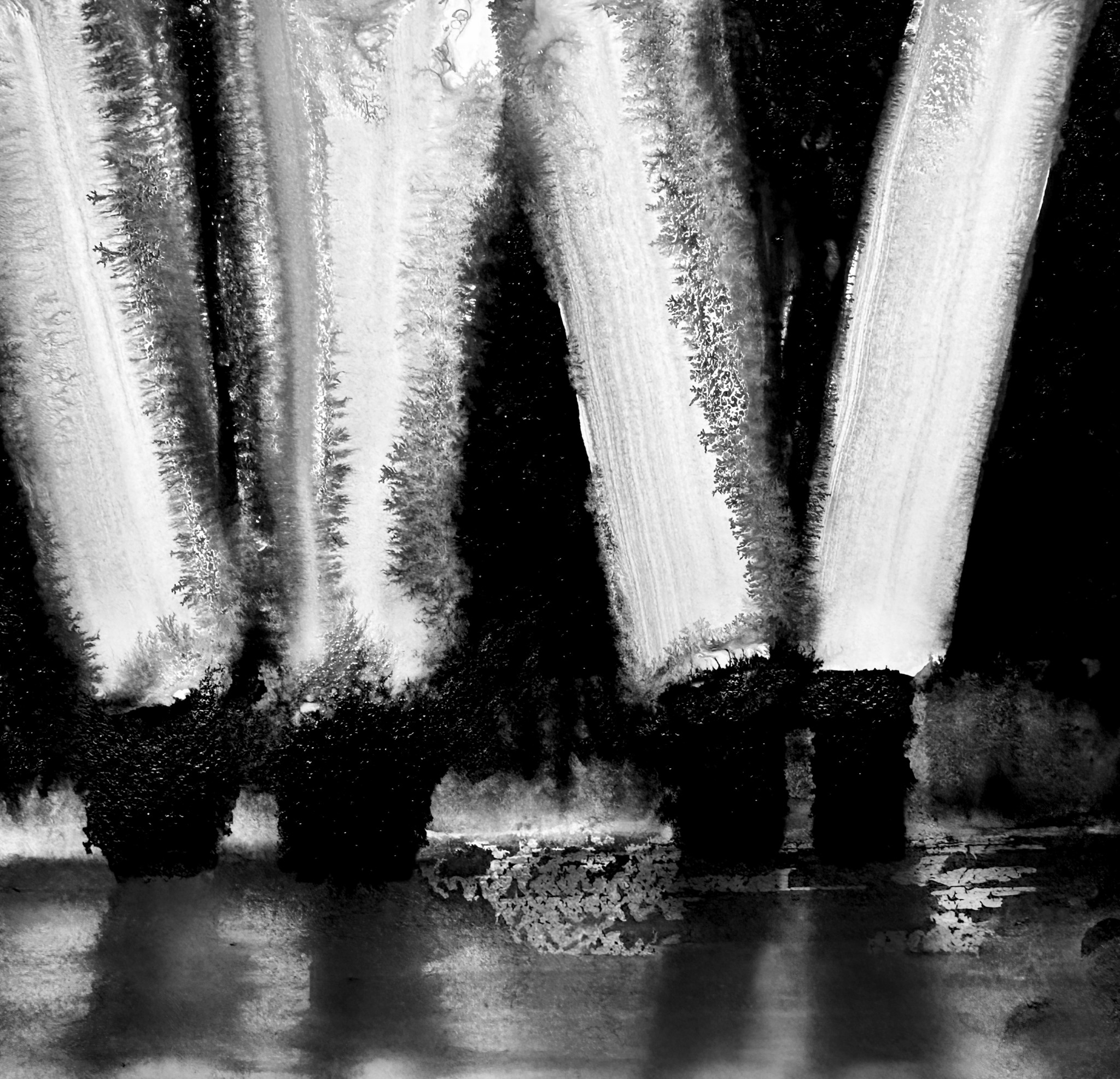
Learning and unlearning are both critical parts of growth – can you share a story of a time when you had to unlearn a lesson?
Getting stuck—what one might refer to as writer’s block or artist’s block—any human can get stuck. Digging deeper, I discovered why I get stuck. Resistance. Resistance to change. And Fear. Fear of failing.
Growing up I wasn’t given much of a voice. I was raised in an authoritarian household. Dad took all the glory for having brains. When I shared ideas, they were often overridden with being dismissed, that I wasn’t smart enough, not good enough. Yet, I worked hard vying for approval, looking for confirmation which never came. I became an underachiever, a secret artist, secret writer, scared to share.
One gets hard-wired-stuck when their early years are met with no support, no encouragement, and no appreciation. Self-esteem is based on being heard, seen, appreciated, and loved.
I have since spent many hours in therapy to resolve these hard-wired issues, however, I can still find myself thinking of myself as a failure which sets up a landslide of other self-defeating behaviors. After completing a project, I would spend months before starting a new one fearing it was another opportunity to fail. Although now, it takes me less time to take on a new project. I have some skills and remedies for digging myself out of the self-deprecating rabbit hole.
I have come to terms with failure. Failure means to keep trying, to stretch the success muscle, and incrementally build from failure to failure to understanding what it takes to bring a project to fruition. And through iterations of a project, I can learn, and develop the project to a positive, excellent result.
I now have a strong perseverance muscle, a resilience muscle, a keep-going muscle, despite my childhood traumas, despite my sometimes lacking confidence, I can now flex confidence when I start to wobble.
Contact Info:
- Website: https://www.janeedberg.com
- Instagram: https://www.instagram.com/thefineartofgrieving
- Facebook: https://www.facebook.com/jane.edberg/
- Linkedin: https://www.linkedin.com/in/jane-edberg-05b2aa6b/
- Twitter: https://x.com/EdbergJane
- Youtube: https://www.youtube.com/channel/UCzpUHqN_fgFKLW-6lJYJXCw
- Other: https://www.thefineartofgrieving.com/
https://www.facebook.com/thefineartofgrieving/
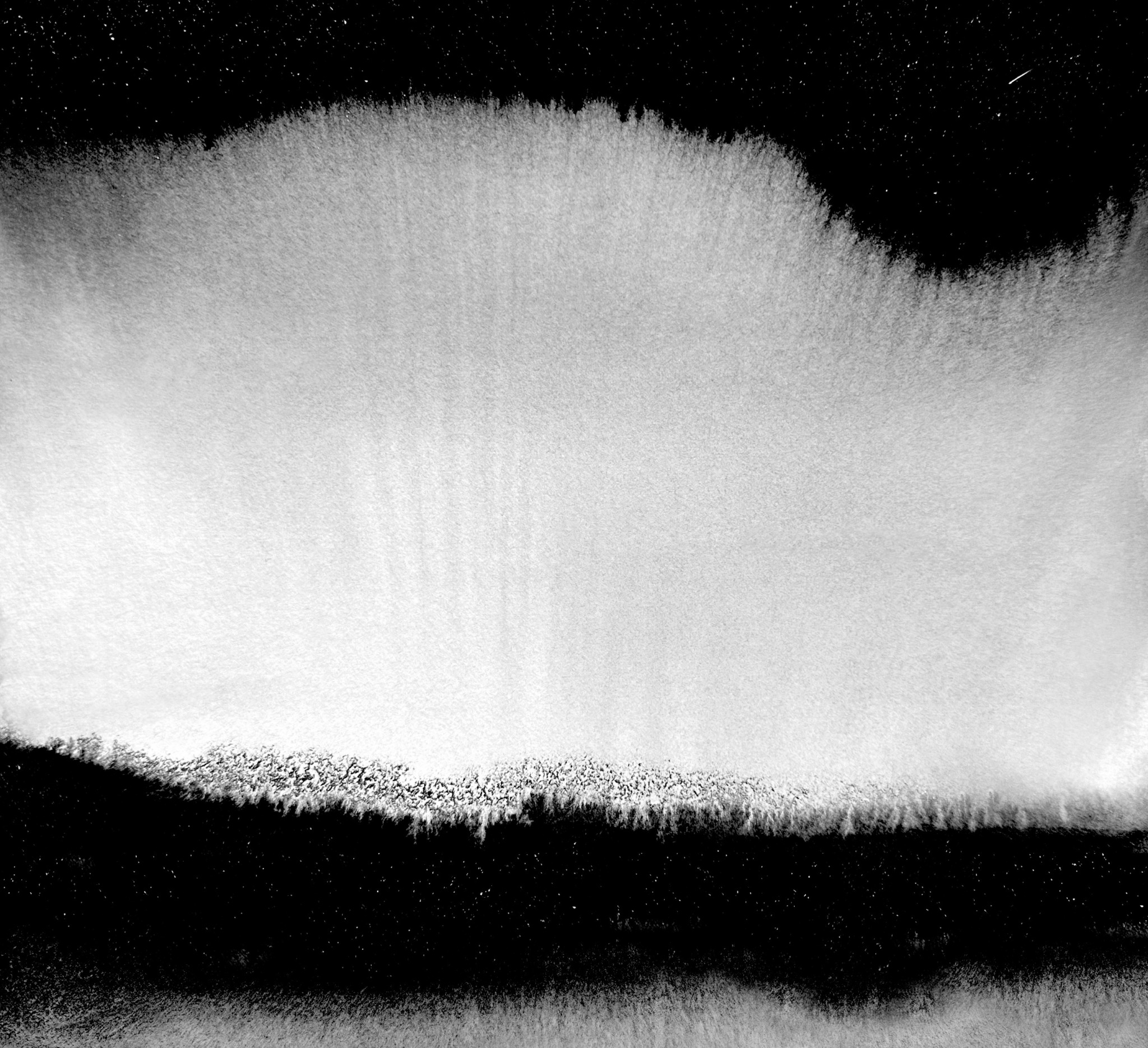
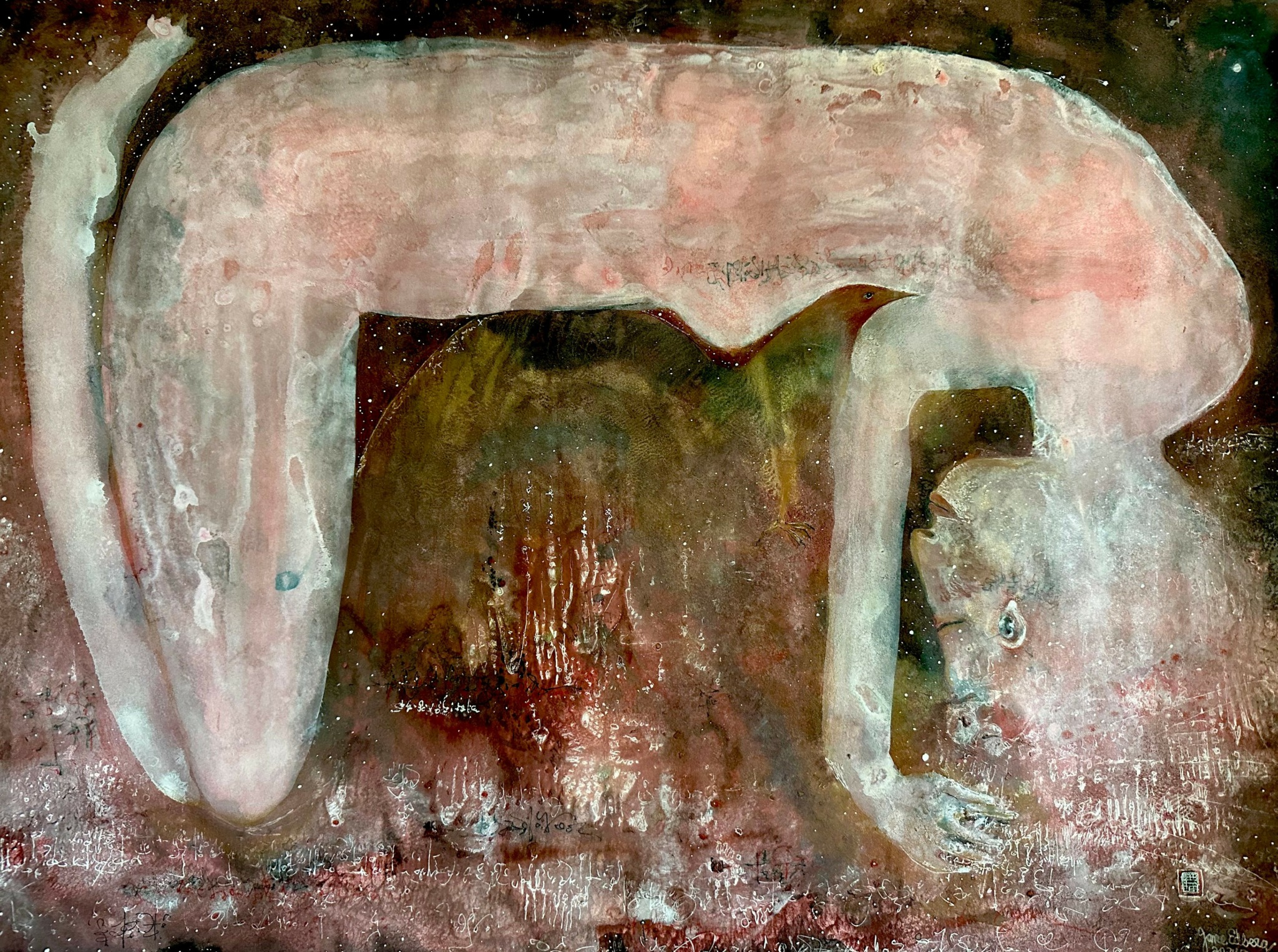
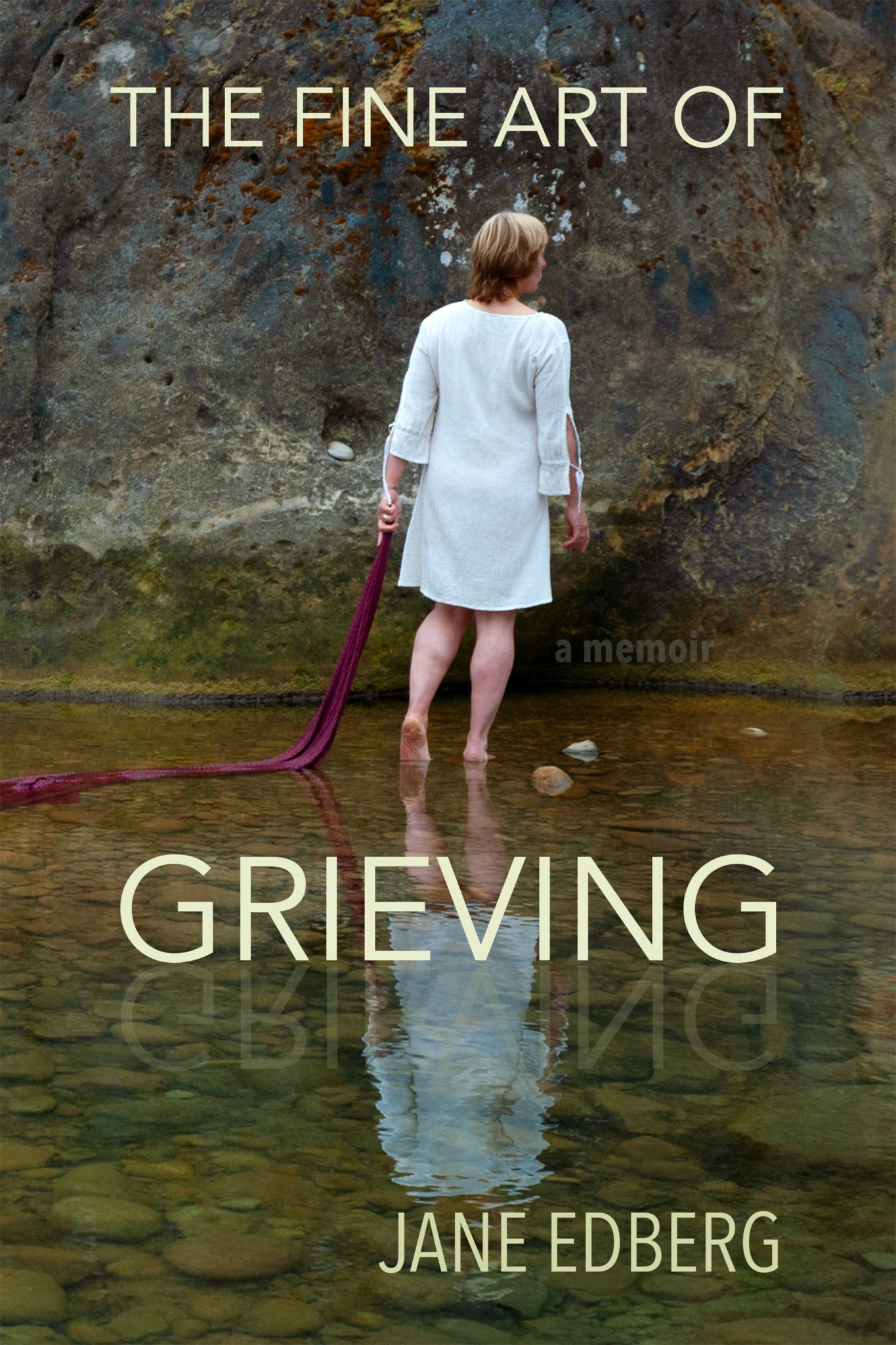



Image Credits
all images by Jane Edberg


